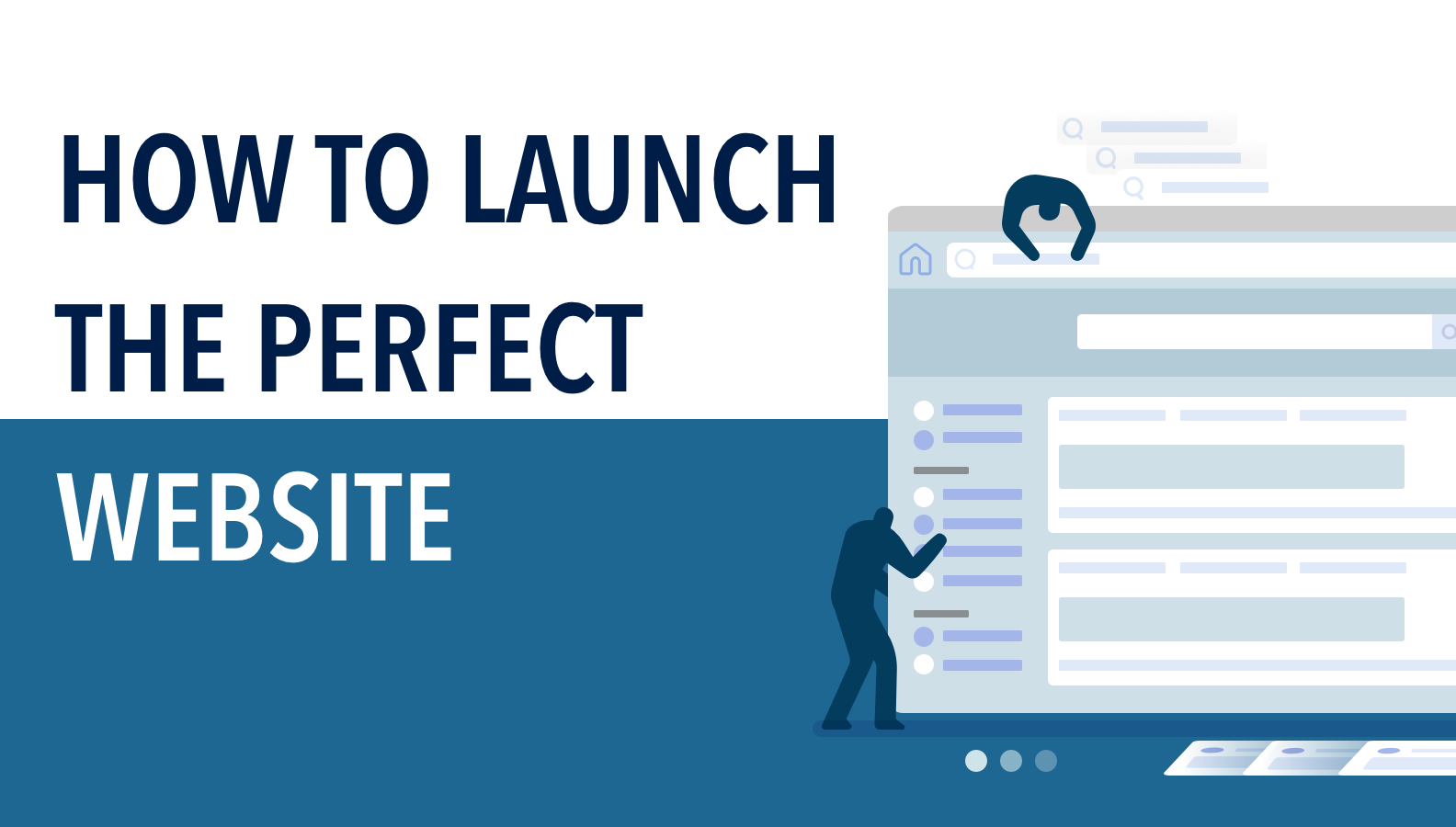- Solutions
- For Industry
- By Need
- Products
- VarbaseEnterprise CMS Distribution for Drupal
- Uber PublisherEnterprise Digital Media Platform Builder
- VardocDrupal Knowledge Base Platform
- Campaign StudioOpen Marketing Platform - by Acquia
- Open SocialSocial Business Platform - by Open Social
- Services
- Strategy
- Design
- Development
- Migration
- Support and MaintenanceSupport and Maintenance
- DevOps
- Digital Marketing

ندوة عبر الإنترنت
- Clients
- Ideas
- About
- Contact Us

The Complete Guide to Choosing a Higher Education CMS

Maintaining your college website, meeting its demands, and trying to get the most out of it can be extremely challenging. Despite all your efforts, if you’re still not getting the best out of your website, perhaps a new provider is the solution you need.
CMS refers to a content management system. If you are already familiar with the market, you’d know that there are at least five reputable content management systems you can rely on for optimal performance.
But choosing a CMS is not an easy proposition. It should be reflective, facilitating, and engaging to say the least. In this article, we will discuss how you can select the best Higher ed CMS.
What is a CMS
CMS software helps you manage, create or modify content on your website, all without needing any specialized technical assistance or knowledge. You may also consider CMS as a tool through which you can build your website without needing or having to know all the coded jargon.
CMS manages the entire basic infrastructure so that you don’t have to create web pages, store images and manage other functions yourself. Your attention meanwhile only remains on your website’s forward-facing parts.
You are surely aware of the popularity of college and university content management systems. Have you ever wondered why they’re so popular though? The truth is that the higher education world is constantly evolving, with new strategies, trends, goals, and regulations taking over.
The best college or university CMS has several helpful tools especially for communications and marketing, like the accessibility check that integrates the different software systems of your university or college, and saves you money and time with multiple contributors. We will talk more about CMS features in-depth, but first, let’s have a look at what are the types of CMSs.
Proprietary CMS vs. Open Source CMS
It is vital to choose the right CMS but for this, you need to consider what each system delivers, what its benefits are, and what features of the CMS suit your organization the best.
Here is a detailed comparison between the two types of content management systems:
Proprietary CMS
You can figure by the name that proprietary CMS software is an organization, individual’s, or group’s legal property. Those who create it hold the sole rights to the CMS and do not make the source code accessible to the public. The only way some entities can use this software is if they obtain a special license key that gives them access to it.
Some examples of proprietary CMS include:
- Sitecore
- Kentico
- Adobe Experience Manager
In this software, you earn complete control of the source code if you have created it. This is the better option if you don’t want to tamper with your software.
However, by using this software you must note that as a customer you remain locked in. You can view demos or trials from developers but a proprietary CMS does not allow general development while relying solely on legal owners and platform creators.
Open Source CMS
The open-source CMS means the public can access it freely and use it as their license type allows. The most common examples here are Drupal and WordPress. Developers creating the code give use and modification access to others.
With this software type, you can enjoy the continual development and testing of your product. This means you will suffer no standstill CMS and improvement will be an ongoing process. With extensive transparency, customers and users can enjoy more safety and predictability.
So now you’re thinking, which one should you go with?
The advantages of an open-source CMS include continual testing and development of the product by engaged programmers. This way the CMS will unlikely stay at a standstill because it will always be improved. So, if you are looking for flexibility, constant updates, and ease of use while keeping high functionality, you should consider going with an open-source CMS.

Features to Look for While Choosing Your Higher Education CMS
When you’re selecting a higher ed CMS for your organization, here are the key features you must look for:
- Built-in SEO tools
- Competent publishing tools
- Easy administration
- Detailed analytics
- Social media integration
- Security
- Publishing controls and simple workflow
- Exemplary support
- Capable of multi-platform performance
- Robust content templates
- Tiered permissions
- Comprehensive search
- Voice Search with Microdata support
- Business alignment
- Quick rollback versioning
Need Support?
Talk to our experts to explore how your website performance is impacting your business and identify solutions.
Most used Content Management Systems by Universities
Drupal and WordPress are the most dominant systems, with TerminalFour, Cascade CMS, OU Campus, and AEM also ranking as the most popular CMS for universities. This report comes from a survey of a total of 2,039 educational institutions, you can find the full report here.
Comparing the Top 6 Higher Education CMSs
1- Drupal
This open-source CMS is the best choice for websites that have high traffic, heavier content, and are generally more complex website functionalities. Organizations with larger databases and resource libraries will also find Drupal extremely flexible, secure, powerful, and functional.
2- WordPress
It is open-source, which helps expand your educational organization significantly. It has built-in blog support. WordPress is an entirely secure option and will help you create content easily, engage with visitors continuously and make updates on time.
3- OU Campus
OU Campus CMS is ideal for larger organizations with lesser resources and staff. It enables you to create and maintain your site with multiple levels of users spread across your campus. With one team this CMS helps you handle marketing, manage your pages, and perform multiple tasks, saving tremendous time and effort.
4- Cascade CMS
This CMS tool helps you to publish content on the web without needing any technical expertise. Cascade works ideally for colleges and universities, offering a built-in site preview so that you can see it before you go ahead with publishing.
5- TerminalFour
This CMS helps universities and colleges manage their current status and promote further admissions for their organization. You will find this tool an effective planner, helping you devise strong strategies and empowering your institution with the best policies.
6- AEM
The best benefit of this CMS is the simplified delivery and management of your website’s content. It offers five powerful modules, including community, forms, mobile, assets, and site. It is a top-notch CMS for high-traffic mobile applications, forms, and websites.
Final Thoughts
Drupal is a very popular choice of platform for colleges and universities, and Varbase is a powerful, multi-lingual enterprise-level CMS that is sure to suit your digital needs.
Audiences are already accustomed to rich and engaging digital experiences. Drupal 9 is the latest in leading open source technology used for creating feature-driven, customer-centric online experiences for higher ed and enterprise-level organizations.
Ready to explore your Drupal and Varbase options? Let’s get you started.
If you found this article helpful for your college/university, here are some useful resources:
- Higher-ed & Schools
- Schools
- CMS



